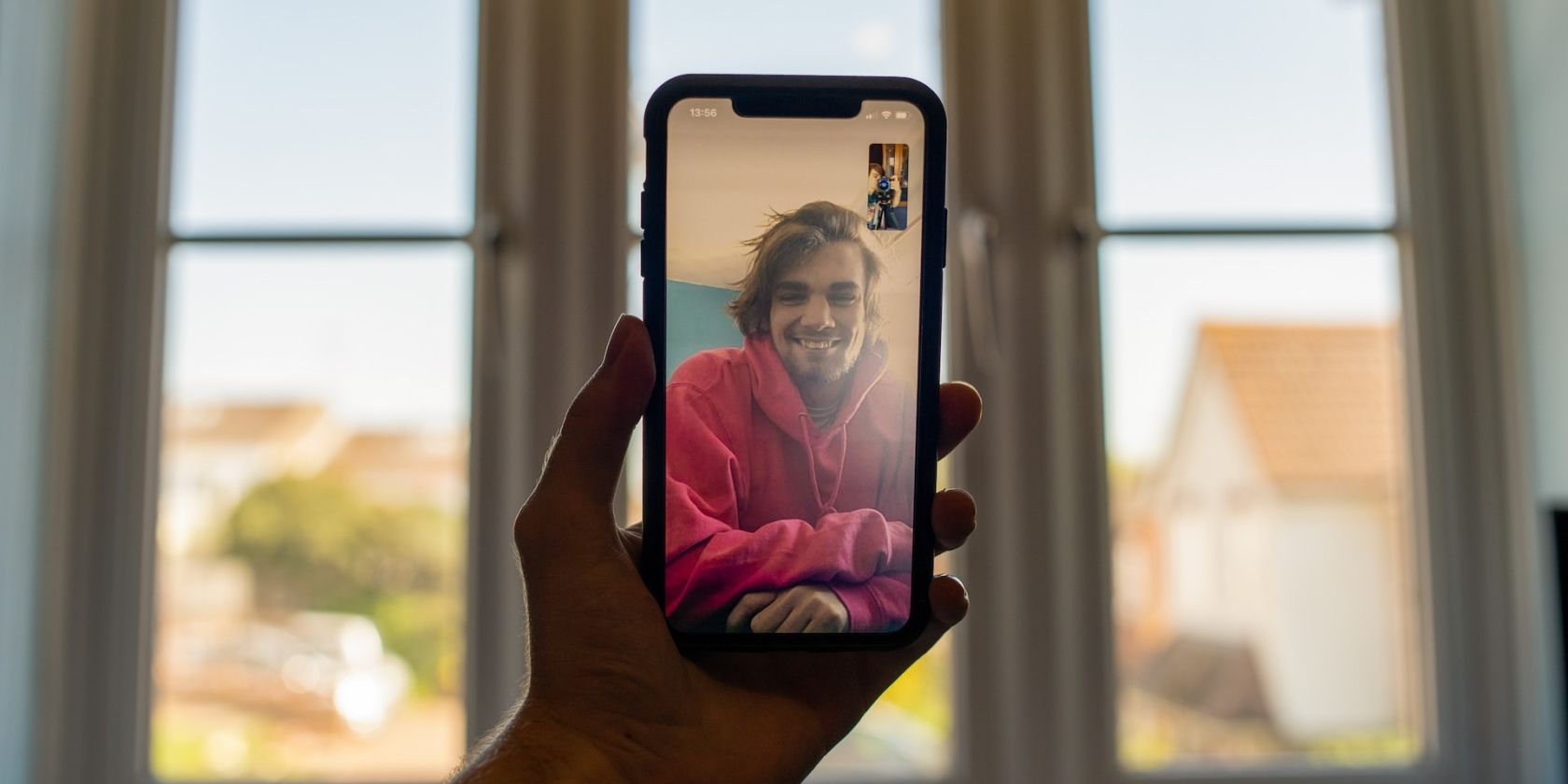
Unveiling the Secrets of Capturing Details at Closest Range: A Guide to Macro Photography

Unveiling the Secrets of Capturing Details at Closest Range: A Guide to Macro Photography
Key Takeaways
- Macro photography involves extreme close-up photography of small subjects for detailed shots.
- DSLRs and mirrorless cameras need macro lenses, while smartphones offer macro camera modes or clip-on lenses.
- Good lighting is crucial for macro photography, with specialized lenses having built-in lights for better illumination.
Macro photography is kind of a big deal, but many people don’t know what it is despite having the hardware to take macro photos. So let’s clear up the big and small details of this fascinating photographic art.
Macro Photography Is About Getting Close and Personal
Macro photography is all about extreme close-up photography of small subjects. If you want to get technical, then it’s a form of photography where the aim is to get a 1:1 (life-size), 2:1 (double life-size), or 1:2 (half life-size) ratio of the subject’s true size on the camera sensor (or film). Of course, this is just a rough rule of thumb, and generally all detailed, close-up photography of small subjects falls into the broad category of macro photography.
The so-called “reproduction ratio” is less relevant today anyway, thanks to the existence of digital cameras with very small sensors, so it makes more sense to judge whether something is macro photography based on the final product than the level of magnification. That said, go too far and you’ll be in the realm of photomicrography, which is basically photography with a microscope.
So, if you see a finely-detailed image of a tiny subject, but it’s still something you can see with the naked eye, then you’re almost certainly looking at macro photography.
Macro Lenses, Macro Smartphone Cameras, and Macro Compact Camera Modes
While you can take any camera system and put it up as close as possible to a small subject, you may not get the result that you want. Macro photography requires a lens with a very short focal distance from the subject. That is, it needs to have the ability to focus on something that’s very close to the lens. You can also get lenses that are essentially macro telephoto lenses, which can create that 1:1 reproduction ratio on the sensor while having the subject relatively far away from the lens, but that’s not how a typical macro lens works.
If you have a DLSR or a mirrorless camera with a changeable lens system, then you’ll need a macro lens. Simply change to that lens, and you’re basically ready to go. With a macro lens fitted to your camera, you can bring it right up to your small subject and get crispy detail.
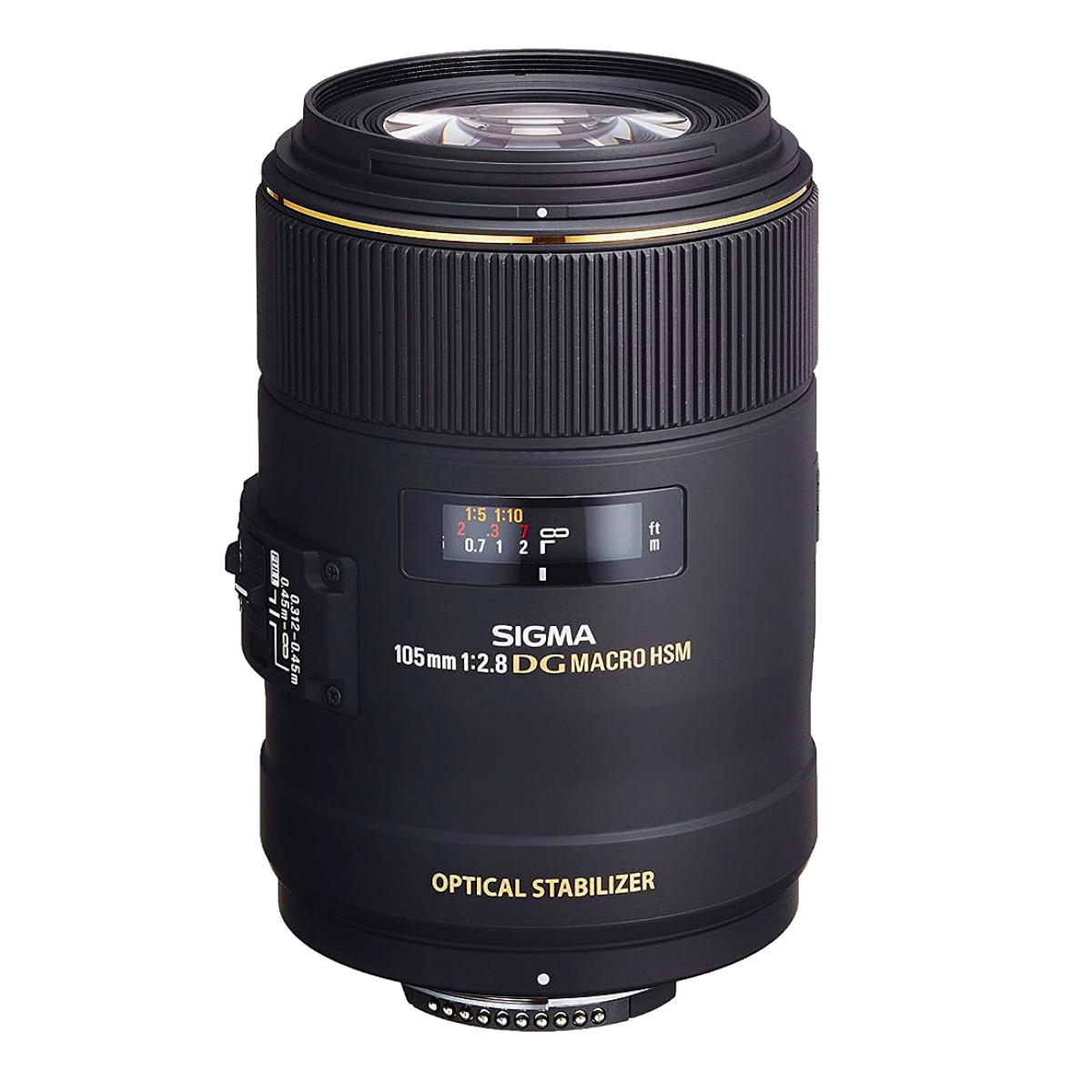
Sigma 105mm F2.8 EX DG OS HSM Macro
$525 $669 Save $144
A superb macro lens with image stabilization that offers a nice balance between performance and value.
Most people who take photos these days do it with their smartphone cameras. Many modern smartphones now include a macro camera mode , which allows you to get those close-up shots. The quality of these will vary greatly between models. Many mid-range or budget smartphones will have a 2MP (megapixel) macro camera, which won’t give you the best quality shots.
In higher-end phones, such as the Samsung Galaxy S phones, the macro camera is actually the same as the ultrawide camera. Ultrawide lenses also happen to have very short focal distances, which means they can double as a macro lens in a pinch. The good news here is that on these phones you’re looking at a 12MP sensor or better, and all the photos I’ve put in this article were shot either with a Samsung S21 or S22 Ultra.
You also have the option of using your main shooter to take macro shots with your phone, by using a high-quality clip-on lens . However, to get good results here, it’s best to use your phone in full manual mode. This involved switching the camera app to “pro” mode if it has one, or using a third-party app with more settings exposed.
Finally, though they are rare to see these days, many compact dedicated digital cameras also have a “macro mode”, but the results from this mode have never been great, and really don’t let you get nearly as close to the subject as a true macro lens does.
Macro Photography Lighting Can Be a Challenge
With their extremely short focal distances, and very shallow depth of field, macro photos often suffer from a lack of good lighting. Lighting is paramount in any sort of photography (it literally means the capture of light after all), but perhaps never more than with macro shots. This is why many macro lenses, and macro cameras on some phones have a built-in LED ring to light up the subject.
Some of the most specialized (and expensive!) macro lenses are called “probe” lenses , which can be inserted into tight spaces such as the inside of a log or into crevices. These lenses almost always have built-in lights for the same reason. When I take macro photos with my phone, I often use a supplementary light, such as the flashlight from someone else’s phone, or even a dedicated ring light. For natural outdoor lighting, it’s all about the angle and letting direct or bouncing from the sun illuminate the subject.
The Best Subjects for Macro Photography
One of the reasons I love taking macro photos is simply because the tiny world beneath our feet is so fascinating. The best subjects to shoot for macro photography are tiny plants and animals. Also, there’s no reason why you can’t film using macro lenses, although keeping a moving subject in focus can be quite a challenge.
Here’s a tiny mushroom I found under a fallen log on the forest floor, which turned out to be a beautiful object at macro scale.
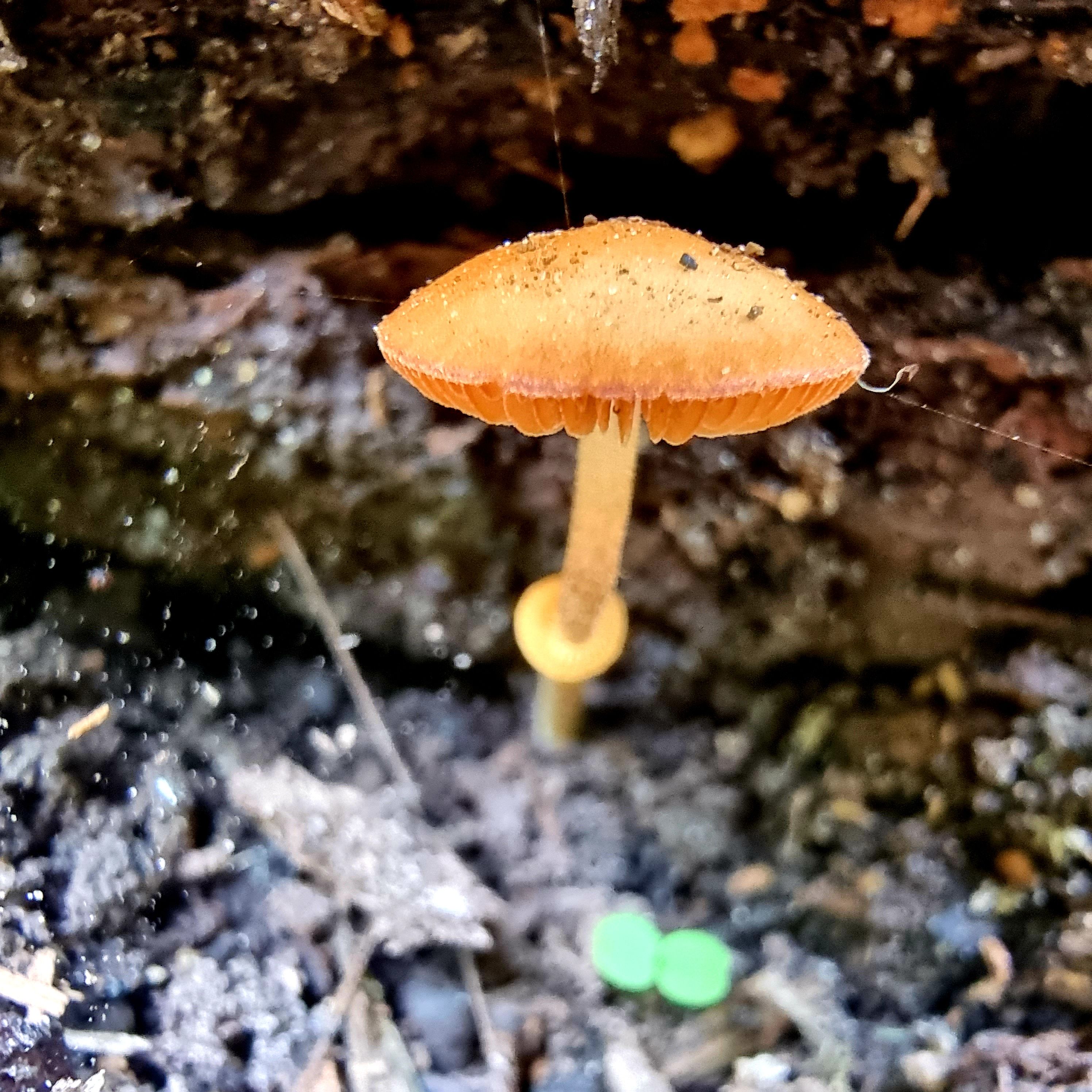
Sydney Louw Butler / How-To Geek
Likewise, up close, the carapace of this beetle seems like it’s almost infused with gold.
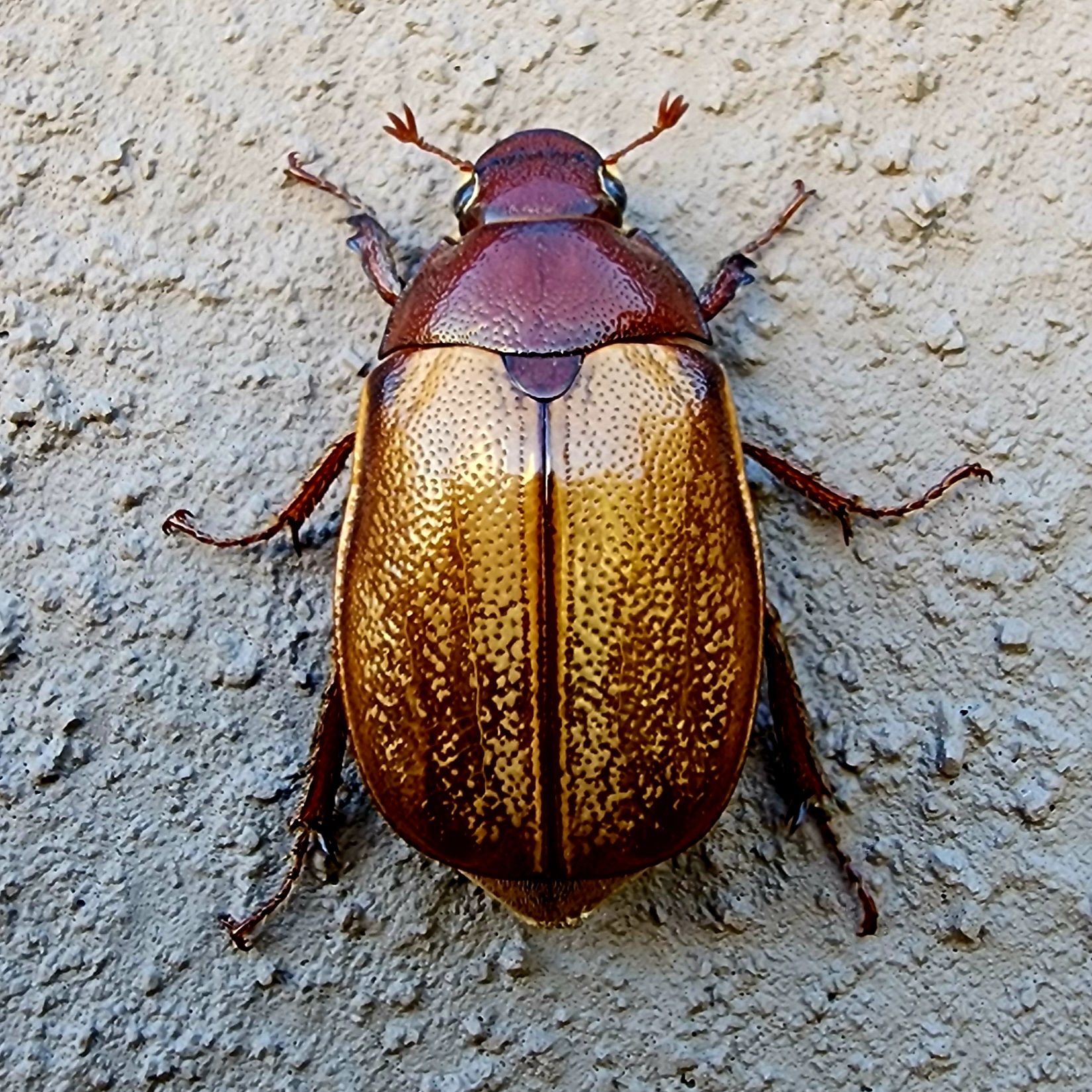
Sydney Louw Butler / How-To Geek
I will never, ever get tired of shooting photos of these teeny-tiny jumping spiders.
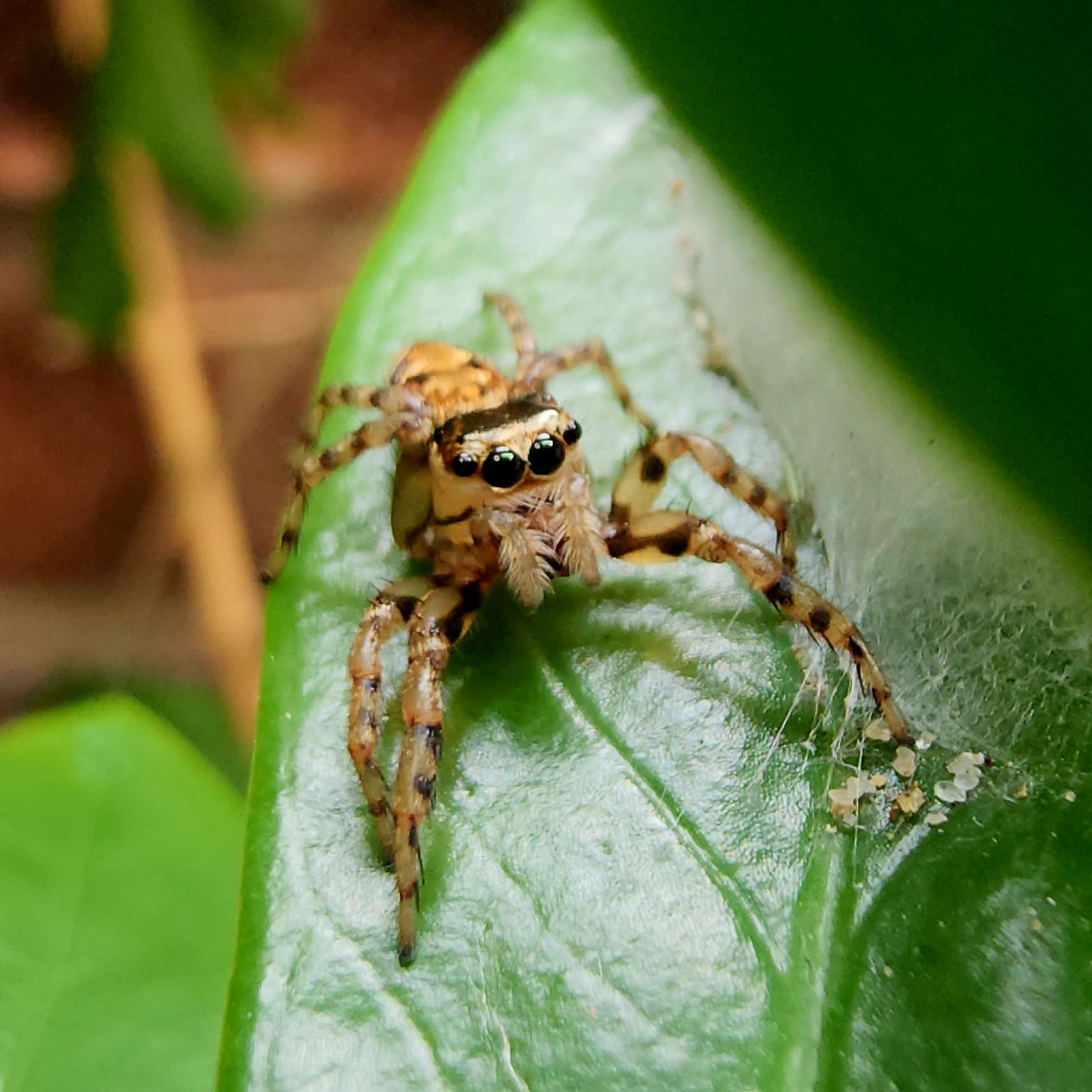
Sydney Louw Butler / How-to Geek
Or, perhaps my favorite shot ever of this grasshopper hiding in an outdoor potted plant.
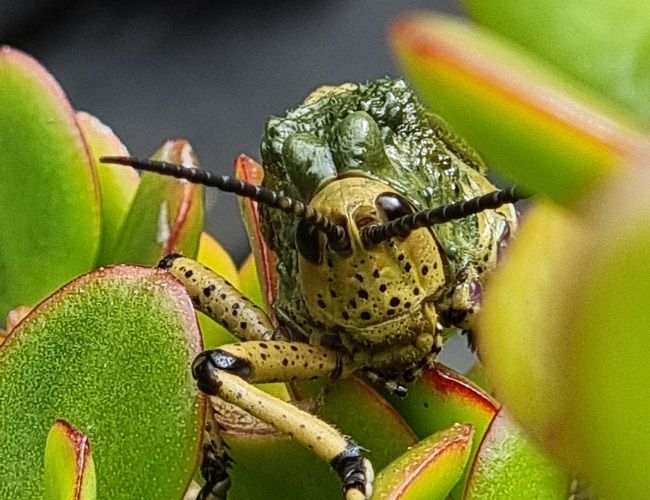
Sydney Butler/How-To Geek
Macro photography, whether you invest in high-quality gear or just try it out on your phone, is one of the most rewarding types of photography. It rewards paying attention to the small details around you, it requires patience, and sometimes it means getting close to something that might even creep you out a little. However, the end results can be timeless and beautiful, and you don’t even have to leave your house or garden to get started.
Also read:
- [New] Enhancing Online Presence OBS & Facebook Synergy for 2024
- [New] Secure Techniques to Boost Speed in Spotify Listening
- [New] Unlocking Viral Potential in Digital Content Creation
- [Updated] Survey Spectrum of Video and Film Equipment
- [Updated] The Complete Guide to Producing High-Quality GoPro Time-Lapse for 2024
- 2024 Approved Top Choice Video Capture Apps iPhone
- Analyzing the TP-Link AV2000 Powerline Adaptor: Unmatched Speeds Contrasted with Disappointing Design Flaws
- Explore the Ultimate Freebie: LightZone – Top Photo Editing App Compatible with PCs & MAC
- The Ultimate Guide to Cycling in Style: Hands-On With CycWagen's Latest E-Bike
- The Ultimate List of Leading Smartwatches for 2^34 Tech Enthusiasts
- Title: Unveiling the Secrets of Capturing Details at Closest Range: A Guide to Macro Photography
- Author: Scott
- Created at : 2024-12-08 04:32:01
- Updated at : 2024-12-11 01:48:22
- Link: https://buynow-info.techidaily.com/unveiling-the-secrets-of-capturing-details-at-closest-range-a-guide-to-macro-photography/
- License: This work is licensed under CC BY-NC-SA 4.0.